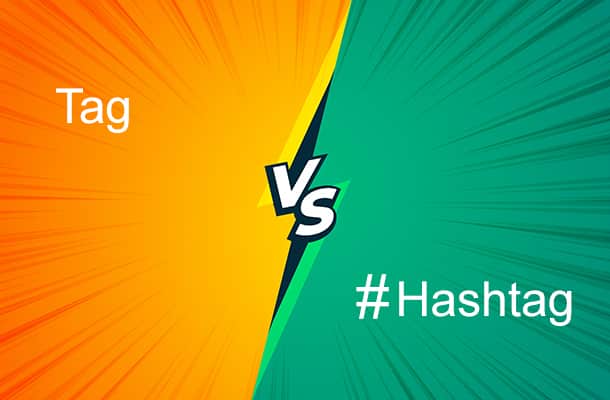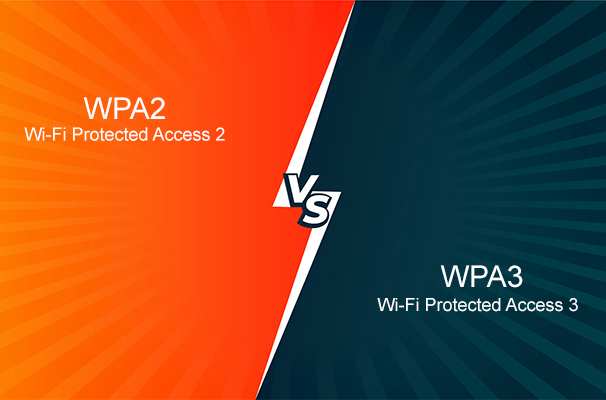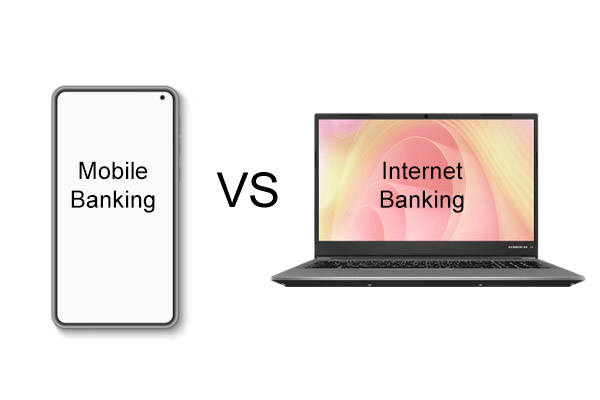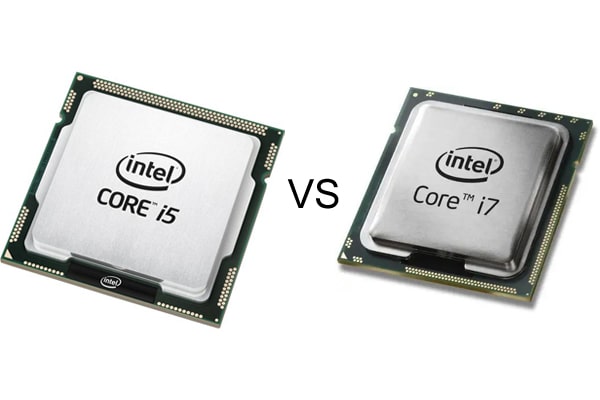Navigating the world of Internet Protocols (IP) can be perplexing. Are you torn between IPv4 and IPv6 and wondering which one is superior? Our latest post delves into a comprehensive comparison between these two IP versions, highlighting their unique characteristics and functions. Explore the differences in security, speed, and why IPv6 is becoming essential for the Internet’s future. Whether you’re tech-savvy or just starting your digital journey, this article will guide you to an informed decision on IPv4 vs. IPv6.
Difference Between IPv4 and IPv6
In the digital age, understanding the technology that powers our everyday online interactions is vital. Two key players in this digital ecosystem are IPv4 and IPv6. They might sound similar, but their differences are profound, affecting everything from security to speed. Here’s a comprehensive comparison:
| Point of comparison | IPv4 | IPv6 |
| Size of IP address | 32-bit (4 bytes) | 128-bit (16 bytes) |
| Number of available IP addresses | 4.3 billion (reuse and mask addresses) | 340 undecillion (unique address for every device) |
| IP address notation | Decimal, 4 fields separated by dots (.) | Alphanumeric, 8 fields separated by colons (:) |
| Example for IPv4 and IPv6 | 192.168. 0.140 | 3102:0bd6:0000:0000:0000:ee00:0033:6578 |
| Main selling point | Widely supported and easy to use | Virtually unlimited number of IP addresses |
| IP address lifetime | Not applicable | Two lifetimes: preferred and valid |
| Address prefix | Sometimes used (/nn suffix) | Used to designate subnet prefix (/nnn) |
| Configuration | DHCP or manual | Stateless address auto-configuration (ICMPv6 or DHCPv6) |
| Number of header fields | 12 (20-60 bytes) | 8 (fixed length of 40 bytes) |
| Checksum in header | Yes | No |
| Types of addresses | Unicast, broadcast, multicast | Unicast, multicast, anycast |
| Number of classes | Class A to E | No classes |
| Address masking | Used | Not used |
| VLSM support | Yes | No |
| How to ping | ping [insert IP address] | ping6 [insert IP address] |
| Starting and stopping | STRTCP or ENDTCP command | Specify YES on STRIP6 parameter of STRTCP (ENDTCP ends IPv6) |
| Packet size | Minimum 576 bytes | Minimum 1208 bytes |
| Packet fragmentation | By routers and sending nodes | By the sending node only |
| Routing Information Protocol (RIP) | Supported by the routed daemon | RIP does not support IPv6 |
| Simple Network Management Protocol (SNMP) | Yes | No |
| IPSec | Optional | Integrated and mandatory |
| Built-in end-to-end encryption | No | Yes |
| Quality of Service (QoS) | Not identified in header | Contains Flow Label field for QoS handling |
| DNS records | Pointer (PTR) records, IN-ADDR.ARPA | Pointer (PTR) records, IP6.ARPA |
| IP to MAC resolution | Broadcast ARP | Multicast neighbor solicitation |
| Local subnet group management | Internet Group Management Protocol (IGMP) | Multicast Listener Discovery (MLD) |
| Optional fields | Yes | No (but there are Extension Headers) |
| Header includes options | Required | Moved to IPv6 extension headers |
| Mobility protocol | Uses Mobile IPv4 (MIPv4) | Uses Mobile IPv6 (faster handover, routing, and hierarchical mobility) |
| Address allocation | Initially allocated by network class, now relies on CIDR | Allocation still in early stages, but enough for a /48 subnet prefix length |
This comparison sheds light on the distinctions between IPv4 and IPv6, from the structure of the addresses to the way they handle security and efficiency. While IPv4 has been a longstanding choice, the growth of the Internet necessitates a shift towards IPv6. Its enhanced features and nearly unlimited address availability present a compelling argument for its adoption. By understanding these differences, we can make more informed choices about our digital footprint and embrace the future of Internet connectivity.
Why Is IPv6 Better Than IPv4
As we sail into the digital era, the question arises: Why is IPv6 heralded as superior to IPv4? This recent version of Internet Protocol is not just a random upgrade; it’s a vital evolution that paves the way for a more advanced, secure, and faster online experience.
- Enough IP Addresses: IPv6’s enormous pool of addresses ensures availability for generations to come.
- Simplified Routing: The hierarchical structure akin to CIDR eases router tasks, promoting efficiency.
- Auto-configuration: Automation in IP assignments and device numbering streamlines connectivity.
- Mobile Network Compatibility: Seamless adaptation to mobile networks means increased flexibility.
- Reduced Routing Tables: Compact tables translate to quicker and smarter routing.
- Speed Boost: Experience up to a 15% increase in speed, thanks to more extensive payloads and public IP addresses.
- Enhanced Security: With built-in IPSec, end-to-end encryption, and robust integrity features, safety is a priority.
Despite these appealing benefits, IPv6 adoption is still in its infancy, with IPv4’s legacy reigning over 99% of current networks. The transition isn’t smooth sailing; compatibility issues with some VPNs, operating systems, and the potential slowdown from larger packet headers create challenges.
However, the pivotal advantage lies in IPv6’s virtually limitless address availability—a critical need that IPv4 can no longer fulfill since running out in 2015. While speed differences might be negligible for everyday use, and tech experts can retrofit IPv4 with some IPv6 features, the IP address shortage is a barrier only IPv6 can overcome.
The growing embrace of IPv6 is not just an eventuality; it’s a necessity, pushing us toward a more innovative and resilient digital landscape.
FAQs
How difficult is it to transition from IPv4 to IPv6?
Transitioning from IPv4 to IPv6 can be challenging as it involves updating various network components and possibly some applications. It requires careful planning, testing, and execution. Support from a network professional or a well-documented guide can ease this transition.
Will my existing devices and applications work with IPv6?
Most modern devices and operating systems support IPv6. However, older equipment and some applications may not be compatible. It’s advisable to consult with the device manufacturers or application developers to ensure IPv6 compatibility.
Can IPv4 and IPv6 run simultaneously on the same network?
Yes, a dual-stack network configuration allows both IPv4 and IPv6 to run simultaneously. This setup enables a gradual transition, allowing networks to operate with both protocols until IPv4 can be phased out.
If IPv6 is superior, why is the adoption rate still low?
The low adoption rate is mainly due to the inertia of replacing existing IPv4 infrastructure and the perceived complexity of IPv6. Compatibility issues with some legacy systems and the initial costs of transition can also deter organizations from making the switch.
Is there a deadline for switching to IPv6?
As of now, there is no mandated deadline for transitioning to IPv6. However, with IPv4 addresses becoming scarce and the growing demand for Internet-connected devices, the shift to IPv6 is becoming increasingly necessary for scalability and innovation.
Will IPv6 improve my personal internet experience?
For most individual users, the shift to IPv6 might not have a noticeable impact on day-to-day internet use. However, IPv6’s enhanced efficiency, security, and support for a growing number of devices will contribute to a more robust and future-proof Internet experience over time.





